Walking the centuries-old Camino de Santiago pilgrimage route through Spain’s beautiful countryside has become very popular in recent years. The lure of the Camino attracts a virtual United Nations of people from around the globe, thanks in part to movies like The Way (starring Martin Sheen).
And, yes, I am proudly one of them! In fact, I recently returned from Spain after walking my 2nd Camino in May 2018. I have now hiked the entire 480-mile Camino Francés, the most popular route. I did it in two stages – 1 ½ years apart – in what I like to call my “half & half” Caminos.
In this Blog Post, I will share with you the highlights of my Camino #2 plus answer the most common questions about what it’s really like to be a pilgrim walker/hiker. The Camino is clearly not a normal vacation or even a multi-day adventure hike. It really is so much more & a very special (albeit challenging!) experience.
Just like my first Camino, I walked as a “traditional” pilgrim, carrying my 20-pound backpack loaded with everything I needed, and stayed in pilgrim hostels along the way. I walked a total of 230 miles over 23 days – which included one full rest day and quite a few short days mixed in. Like Camino #1, I went by myself. However, as a “solo pilgrim” on the very social & supportive Camino Francés, you are never alone!
What is the Camino de Santiago?
The Camino de Santiago is a series of ancient pilgrimage routes from all around Europe that lead to the city of Santiago de Compostela in northwest Spain. That’s where the bones of St. James, the Apostle (Spanish name – Santiago) lie in a crypt in Santiago’s magnificent Cathedral.
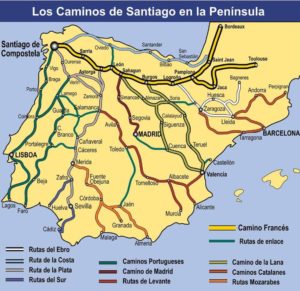
Just before leaving for Spain, I wrote a blog post entitled: Walking Spain’s Famed Camino: I’m Going Back for More! It will give you a little more information on the Camino & the Camino Francés, in particular.
On my Camino #1 (September/October 2016), I walked the 2nd half of the Camino Francés – starting in Sahagun and ending in Santiago de Compostela. This time, I returned to Spain to complete the Camino’s 1st half – starting in St. Jean Pied de Port and ending back in Sahagun. (The Camino map above shows you the Camino Francés route in yellow)
Crossing the Pyrenees – My Great Anxiety / My Great Joy
The traditional Camino Francés (French Way) actually starts in France (thus the name) in St. Jean Pied de Port, a cute little town in the foothills of the Pyrenees. From there, the Camino crosses up and over the mountains of the Pyrenees & the France/Spain border before arriving in Roncesvalles, a small hamlet in Spain. The Camino Francés then continues west across northern Spain for many hundreds of miles/kilometers to finally reach Santiago.
- St. Jean Pied de Port – Click all photos to enlarge
- Checking in at the Pilgrim Office in St. Jean
As I shared in my pre-Camino post, I was most anxious about the crossing of the Pyrenees on the first two days of my Camino. That’s because the walk is a steep, arduous 25-kilometer (15.6 mile) steady climb up from St. Jean – for a total 1,300-meter elevation gain (~4,200 ft.). It ends with a steep downhill into Roncesvalles. Smartly, I opted for the 2-day Pyrenees Crossing plan with an overnight in Orisson. And, boy, was that ever a smart move!
My Camino Day #1 began May 10th with a short (8 km/5 mile), but steep uphill walk from St. Jean to the tiny French hamlet of Orisson (photos above). There, I stayed at the delightful hostel – Refuge Orisson – with beds for just 28 lucky pilgrims (below).
The lush scenery was beautiful, but the overcast weather began to get misty with sprinkles shortly before arriving in Orisson at around 11am. I was really glad to be stopping for the night, but felt sorry for the many pilgrims continuing up & over the Pyrenees in the misty, wet weather. We guests at Refuge Orisson enjoyed a relaxing afternoon in their cozy café & a lovely communal dinner that evening (above) where we met more of our fellow pilgrims.
Camino Day #2: The next morning, we awoke to a beautiful sunrise & gorgeous clear skies. Happily, the skies stayed clear all day (albeit with lots of wind) for my 17km (10.5 miles) crossing of the Pyrenees. Yes, there was a lot of up hill, first on roads, then on dirt paths, but the scenery was stunningly beautiful – and I loved it all! Seven hours later, I arrived at my bustling pilgrim hostel in Roncesvalles – tired for sure, but greatly relieved that the always unpredictable Pyrenees weather had been so good.
- Click photos to enlarge / A stone refuge hut near the top
- First view of the pilgrim hostel in Roncesvalles
I soon learned just how blessed I – and my fellow May 11th Pyrenees crossers were. Turns out, the next day, the weather shifted, and pilgrims had to endure even higher winds, mist/fog, sprinkles, rain and even hail! Sounds like it was miserably cold & wet. And the following day – May 12th – it actually snowed! A pilgrim friend, Leny (from the Netherlands), later shared photos of her that day in the snow (below). OMG – As a Southern California girl, I would not have been a happy camper – make that pilgrim!
- Credit: Leny Hagenaars
- Credit: Leny Hagenaars
CAMINO FAQs
In addition to the Pyrenees story above, there are so many things to share with you about my 2nd Camino. Here’s a fun FAQ format to answer common questions about my experience & what it’s really like to walk the Camino Francés.
How Far Did You Walk Each Day?
Hmm… The answer is not quite as cut & dry as my first Camino when I averaged 12 miles/20 kilometers per day. That time, I walked 230 miles over 19 days with no rest days. This time, I covered a total of 250 miles over 23 days. However, that included one full rest day (for a twisted ankle) and public transport (aka taxi) over 19 miles of the route on two of the days.
This 2nd Camino also included 6 “short days” – for a variety of reasons – and those short days averaged just 8.5km (5 miles). However, my regular “full walking days” were back up to a daily average of 20 km. That distance ranged between 16 to 29.5km (10 to 18 miles!). I’ve learned that 20 km/12 miles per day seems to be my personal “Camino sweet spot.”
How Was the Scenery Along The Camino?
In two words, absolutely B-E-A-U-T-I-F-U-L! Once again, Spain & the Camino never failed to deliver a bountiful feast for the eyes. It started with the gorgeous mountain scenery of the Pyrenees & the Basque country and morphed into the vineyards of the La Rioja region along with lush green fields of wheat rippling in the wind. My last six days (out of Burgos) were spent walking on the relatively flat Meseta where earthen paths wound through the agricultural fields for as far as your eyes could see.
On Camino #1, I walked in the fall when the fields on the Meseta were golden brown. This time, it was a different world. Walking in late spring (May), everything was green & the most amazing array of bright-colored wildflowers – including the luscious red poppies – lined the entire Camino. Without question, my #1 favorite aspect of Camino #2 were the wildflowers!
This time, the Camino passed through three large cities – Pamplona, Logrono, and Burgos – each with beautiful old town areas. But, mostly we walked through smaller towns and villages, some of which had populations of only 20 to 50 current residents. No matter the size, each town had a picturesque, centuries-old stone church – often housing stork nests high up on the bell tower.
What Was the Camino Path Like?
Just like my first Camino, this one had it all! The Camino path was often over “earthen tracks” – a mix of gravel, dirt and rocky stones. Sometimes we walked on paved country roads and lanes. In one section, the trail followed a section of an ancient stone Roman road (below middle).
We walked on paths through crop fields (often wheat), through thick forests, and occasionally on safe (ie, divided) paths alongside busy roads. The Camino also led, at times, along beautiful rivers and streams, including along a peaceful tree-lined irrigation canal (near Fromista). Variety is definitely the name of the Camino game!
Could You Easily Find Your Way?
I’m happy to report the entire Camino Francés is incredibly well-marked – and it really was on this first half. There are a mix of yellow arrows, signs and concrete markers with the Camino shell all along the way. These signs are especially located at places where the path makes a turn or there might be confusion.
Plus, all cities have their own signage with some type of Camino shell or icon embedded in the town’s streets or sidewalks marking the way. So, between the excellent signage & my Camino trail map, it was fairly easy. Plus, you usually have some pilgrims up ahead on the path to follow. Of course, you do hope they know where they’re going!
How Was the Weather?
Another Hmm… in a nutshell, interesting! In reality, frequent rainy weather was probably this Camino’s biggest challenge for me. I was totally spoiled by Camino #1, with only one day (while walking) of light sprinkles. This time, not so lucky! Turns out, Spain is coming out of a severe 3-year drought & was having an unusually wet spring. Great for Spain, not so good for us pilgrims!
Getting a little “stat wonky” here, there was some type of precipitation on 14 of my 23 Camino days. However, during my actual walking/hiking time, only 8 of those days had light sprinkles or full-on-rain – and luckily, the rain didn’t last for long periods. Hey, it’s all part of the full Camino experience! The real challenge was that trails were often wet, sometimes muddy & slippery, so that added to the hiking intensity. I’m VERY glad I had hiking poles!
The good news is that the temperatures were perfect for hiking. Evenings and early mornings were usually cool, but not cold (around 50s F.) and daytime temps were in the 60s and low 70s. Skies were frequently overcast & sometimes (particularly on the meseta), they were filled with big, beautiful puffy clouds (above right). When the clouds did part and the sun emerged, it could feel fairly warm because of the hiking exertion – but never oppressively hot like the notorious Spain summers.
Who Were Your Fellow Pilgrims?
As mentioned, the Camino is truly an amazing United Nations – attracting a diverse group of people from all around the world. Plus, pilgrims are a real mix of ages – from young to old. Many, if not the majority during the time of my walk, were 40+ with many pilgrims in their 50s, 60s and 70s! Apparently, the demographics shift much younger in the summer with lots of young people, particularly from Spain & Italy.
The majority of my good Camino friends this time hailed from the U.S, England, Ireland, Germany, Australia, South Africa, and South Korea. I met many other delightful pilgrims who came from other parts of Europe – Austria, Belgium, Denmark, France, Hungary, Italy, Netherlands, Poland, Spain, Sweden, and Slovenia. Rounding out the list of pilgrims I met were those from Argentina, Brazil, Canada, Columbia, French Guiana, Iceland, New Zealand, Japan, and Taiwan. Yep, we had the world covered!
- Credit: Reina Nelson
I made many of my close Camino friends during the first couple of days, by staying at the same pilgrim hostels and sharing communal dinners. For example, Helen (from the UK) and Marcel (from Germany) & I were a dynamic trio for almost two weeks. We often stayed at the same albergues (hostels) and sometimes walked together. Other good friends from the first days also included Greg & Peggy, a delightful couple from Wisconsin.
Along the trail, I made friends with the lovely Ruff family from Germany – parents walking with their 22yo son Alex (above right). Plus, I met three fun Australian women – Helen, Cecile & Betty – who are good friends back home. Many pilgrims were walking the entire Camino Francés all the way to Santiago, while others were doing just a 10-day or 2-week section. Yes, there’s many ways to “do” the Camino.
How Was Your Lodging / Those Pilgrim Hostels?
Ah, yes, the famed “pilgrim hostels” (albergues), which are dotted all along the Camino to house us weary pilgrims. Albergues can vary greatly, but they all offer coed dorm rooms with bunk beds – sleeping anywhere from 4 to 40+ people in a room. The bunks come with a mattress and pillow, but pilgrims need to bring their own sleeping bag (or sleep sack). The bathrooms are usually gender-divided (but not always!) and the showers provide hot water!
Just like last time, I stayed in albergues the majority of the time. You certainly can’t beat the price! My lodging costs (in hostels) averaged between 10-12 euros/night ($12-14). I usually stayed in private albergues, which frequently offer nicer amenities, are often newer, usually family-run, and accept advance reservations (which I often did!). This is unlike municipal-run (or church-run) albergues which are first come, first serve. Many albergues of all types had a nice patio, grassy terrace or comfortable lounge to relax in.
The other big question – and legitimate concern – about pilgrim hostels concerns snoring. Yup, no matter how small the dorm room, there always seemed to be at least one loud snorer, if not a full chorus. Luckily, my industrial strength ear plugs (silicone) and the occasional sleeping pill (Ambien) allowed me to get a good night’s sleep.
Pensiones & Casa Rurales
As you might imagine, I felt the desire to occasionally have my own room – and bathroom. So, around every 3rd or 4th night (including always in the big cities), I would stay in a pensione (a level down from a hotel) where I could sleep under real sheets, enjoy plush bath towels, and stay up as late as I wanted!
I also stayed in a Casa Rural for two of the nights – and both were a real treat! Casa Rurales are usually more unique, home-like properties which offer individual rooms, sometimes in a rural setting. Marcel, Helen & I – we girls shared a double room – loved our stay at El Olivo de Sansol in the small village of Sansol. (photos above/below)
This beautiful large home & garden with a 100-year-old olive tree had belonged to innkeeper Anna’s parents. El Olivo was one of our favorite stays of the whole trip. (Above – Anna & her daughter). As for prices: The cost for my share of all non-hostel (ie, individual) rooms in pensiones & casa rurales averaged 47 euros/night ($55). Definitely worth the occasional splurge!
Any Other Unique Lodging Experiences?
Without question, my most unusual stay was at San Anton, an albergue set amidst the ruins of a many centuries-old convent & church. It was highly recommended by two Camino friends. This pilgrim shelter, built in 2002, can house 12 pilgrims (in 6 bunk beds). It is currently run by Nela, a lovely hospitalero (volunteer) from Poland who is there for the “summer season.”
One of San Anton’s claim to fame, besides the incredibly unique setting, is that there is no electricity! Thus, the small coed bathroom offers only cold showers! So, I happily passed since it was a cool, damp, drizzly day and it was already hard to stay warm. The albergue is a “donativo” which means there is no set price for lodging or food, so you can leave whatever amount you would like.
- Communal dinner above / right photo: Tatiana from Brazil & Nela, San Anton’s hospitalera
Nela cooked us a lovely vegetarian dinner – on a gas stove – in the very simple kitchen/ combo dining room. She also provided a continental breakfast the next morning before sending us on our way. Our group at the communal dinner was comprised of 6 Brazilians (who spoke no English, but I could speak to Tatiana in Spanish), 3 French, and 3 Americans (including Ben & Reina, a lovely young couple with whom I bonded).
What Was a Typical Pilgrim Day Like?
In May, the sunrise was around 6:45am. I usually got up between 6:30-7:00am, with many pilgrims arising between 6-6:30am and hitting the trail soon after. However, being more of a night owl than a morning person, I was usually one of the last to leave town in the morning. I usually departed between 8-8:30am after first enjoying breakfast (orange juice, toast, tea or coffee) at the lodging or a nearby café.
Once on the Camino, I would make a rest stop (food & bathroom) every 1-2 hours at some cute café/bar along the way. At the first stop, I would usually get a coffee (café con leche), plus another fresh-squeezed orange juice, and hopefully a chocolate croissant – my favorite! On later food breaks, I would often order a more-filling Spanish tortilla (potato omelette) for a protein fix (above right).
I would usually arrive at my “destination town” between 1-5pm. On average, it was between 3-4pm. Clearly, I was one of the pilgrim “late arrivers,” owing to my later start time in the morning, my frequent stops for food, and my taking LOTS of photos along the way. However, since I had usually made an advance reservation (the day before) for my lodging, I felt much less pressure to hurry to make sure I could find a place to stay – like many pilgrims did!
The Post-Walk Routine
At the pilgrim hostel, I would check in with reception, show my passport, get my pilgrim credencial stamped, and pay the fee (in cash). I would then get my room and/or bunk bed assignment. Before heading to the dorm room, I removed my dirty hiking boots (with pleasure!) & left them on the boot shelves in the lobby (mandatory!). I would also leave my hiking poles in the pole bin (if there was one).
Like all pilgrims, I would quickly unpack and head off to the showers. It felt GREAT to get clean & put on clean clothes (my alternating pair) and my comfy sandals. If it wasn’t too late or a rainy day, I would then take my dirty laundry and head to the hostel’s designated area for hand washing your clothes. They would either have an indoor or outdoor clothes lines for the drying part. Occasionally, I would use the albergue’s washer or dryers (which many/most have these days – for a fee) to share a load of laundry with some other pilgrims.
With these pilgrim duties done, there would be some free time before dinner. If the town had things to see & explore, I would go out and walk around. If not, I would just find a little café or the hostel’s lounge area and catch up on the day’s journaling and photo review. Dinner time for pilgrims was usually around 7:00-7:30pm. (see next section).
After dinner, it was back to the albergue around 9pm to prep for bed, since lights would be turned off in the dorm rooms around 10pm (occasionally 10:30pm). A few pilgrims were already fast asleep by 9:30pm. I would typically stay up a bit later – in a separate room – to finish my daily Camino Facebook post before quietly sneaking back into the dark sleeping room to crawl into my comfy sleeping bag and catch some Z’s.
Where Did You Eat? How Was the Food?
Many of the café/bars & restaurants along the Camino offer a “pilgrim meal”– which is a fixed-price, 3-course lunch or dinner. You get a choice of a starter (like soup, mixed salad, or pasta), a main course (choice of fish or a meat – often chicken) which usually comes with a large helping of french fries, and dessert (like flan, fruit, cake, or ice cream). You also get bread and a choice of water or wine (usually red).
For about half my dinners, I ordered the pilgrim meal. It may not have always been gourmet, but it definitely filled me up. I also really enjoyed the tasty “communal dinners” at 5 of my albergues – a shared meal with multiple courses for their guests (for an additional fee). These various pilgrim meals averaged 10-11 euros (~$12). Some were downright excellent, while others were good enough (particularly when you’re famished!).
Wine & Tapas
The Camino passed through the La Rioja region, filled with vineyards and famous for its red wine. Since I’m not really a drinker, I can’t personally speak to the quality, but I do know most pilgrims enjoyed the wine at dinner. Once again, you can’t beat the price!
In the three big cities (Pamplona, Logrono, Burgos), I went out with friends to tapas bars for our dinner meal – to enjoy local tapas & witness the lively bar scene. For the rest of my dinners, I ate at local restaurants or cafes, ordering items off their regular menu, including pizza one time. Best Yet: I was eating ALL the time on the Camino – and, like most pilgrims, I still lost weight! A Camino side benefit, for sure.
How Did Your Backpack Work Out? How Heavy?
My trusty 36-liter bright purple Osprey Sirrus backpack – the same pack I used on Camino #1 – worked out great again. In fact, I took almost all the same clothing & gear as the first time. As for weight…just before starting the Camino, my full backpack weighed in at a reasonable 18 pounds (8 kg). Adding in an additional 2 pounds for 1 liter of water to be carried each day, I met my goal weight of 20 pounds total!
Happily, I had no problems carrying my backpack every day on the Camino. That is, except for 3 days when I shipped my big backpack ahead because I had twisted my ankle (see below). Those days, I carried just a daypack (above, middle) to put less stress on the ankle. I felt just a teeny bit guilty not carrying my full load, but I also enjoyed the temporary “lightness of being!”
How Did Your Feet & Body Handle the Camino?
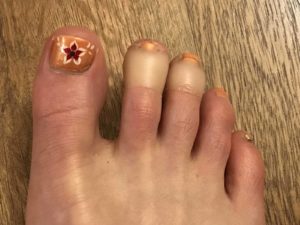
For me, the rigors of the first few days of the Camino – the Pyrenees crossing and the walking up & down many more hills of the Basque country in rainy weather & muddy trails – finally caught up to me on Day 4. As I walked into Pamplona around 5pm, I was SO READY to stop – and to get out of my boots & rest my aching feet!
I just couldn’t fathom walking another long, hilly day the next day (Day 5). Instead, I decided to make it an easy, short day to rest & recharge. So, I spent the next night in Cizur Menor, a town only a 5 km walk from Pamplona. And it worked – by Day 6, I was roaring to go again & had no trouble facing the hilly terrain!
Why Not Try Out the Spanish Healthcare System
On this Camino, I did have a couple “minor” medical & dental issues. Luckily, they were easily resolved and gave me some interesting experiences to add to my Camino repertoire. On Day #12 near Najera (where I was spending the night), I twisted (and really stretched) my right ankle & lower calf stepping off a loose rock. But, luckily no ankle tears or swelling. I spent two nights in Najera, so I could take a full rest day. There, I visited the local health center plus saw an excellent physical therapist (Juanjo – below). Afterwards, I was able to continue walking, albeit carefully. Major Relief!
I also had a minor dental issue on Day #7 – a superficial tooth onlay came out – which necessitated a special trip by taxi back to Pamplona to a dental clinic the following day. Both scenarios are actually fun stories which I detailed in my Facebook posts from the road, and which I’ll share in a future blog post. What I will say for now is that I am very glad I speak Spanish. And, as a former nurse, I actually enjoyed seeing the Spanish health care system up close & personal.
Any Fun Stories to Share?
You bet. Every day was filled with countless new experiences, interesting people to meet, and unique sights to see. Here’s a couple of my favorites:
Story #1 – I loved talking with Josu, a handsome Basque man who “set up shop” in the woods near Torres del Rio. There, he had created a beautiful rock garden and offered a snack table (by donation) for passing pilgrims. He spent most of his time in this forest workshop creating very cool wooden Tau cross necklaces to sell for 7 euros. Of course, I bought one which I proudly wore the rest of my Camino. In fact, the Camino attracts many beautiful souls like Josu, who was a very sweet, Zen-like man.
Story #2 – Prince Harry & Meghan Markle’s May 19th royal wedding fell during my Camino, so I was resigned to seeing photos after I got home (since I was happily on a TV fast as a pilgrim!). However, I got lucky that day when I stopped in the bustling town of Viana, seeking out a good café for lunch. I spotted some friendly-looking pilgrims at an outdoor table & asked if I could join them.
Turns out, the two delightful women were from London – and they were live-streaming the Royal Wedding on their phone, which was happening right then! So, while looking over their shoulders, I got to enjoy some of the juicy royal wedding moments. It was so much fun – and the best part was the entertaining “local” commentary by my new British women friends!
How Busy Was The Camino?
As expected, the Camino Francés was pretty busy, but not totally crazy during my May dates. From talking with locals, I learned that May has become a very busy month for pilgrims. In fact, the shoulder seasons of May/June & Sept./Oct. (when the weather is best!) are now very popular times with “foreigners.” These times may be just as busy as the summers, which can be oppressively hot – and filled with European youngsters.
So, in essence, these days you rarely have the Camino Francés trails all to yourself. But, I still had many times where pilgrims were well spread out & I felt like I had plenty of my own space. It might feel particularly crowded, for example, if you depart a big pilgrim town at the same time lots of people are leaving in the morning – thus creating a big “bulge” of backpacks until pilgrims naturally space out over the trail during the day.
Also, the increasing competition for pilgrim beds has become part of the new reality – as the Camino Francés continues to become more & more popular. Luckily, new private albergues continue to come online to help meet the demand. And, yes, although some-to-many hostels will be filled up by mid-afternoon, it always seems to work out with pilgrims finding lodging.
What Were Some of the Cool Places / Sights You Saw?
The beautiful town of Pamplona (population ~200K) was definitely a highlight. I visited Pamplona twice – first as a tourist just before starting the Camino and then again as a pilgrim five days later. Of course, the town is well-known for its week-long festival of San Fermin – the Running of the Bulls (encierro) – in early July, popularized years ago by Ernest Hemingway.
It was fun to walk the narrow, old streets where the bulls – and the crazy locals & tourists – actually make their daily festival run together en route to the large bull ring. You can actually tour the bull ring – which I did. Pamplona has a beautiful plaza, the historic Café Iruna (where Hemingway liked to hang out, and a bronze statue of him resides), lots of shopping, and cute restaurants and tapas bars. I plan to write a future blog post on just Pamplona, as there’s a lot more to share.
Some Other Camino Highlights:
- Puente La Reina (pop. 2,500) – this cute town has a beautiful & much-photographed medieval stone bridge (with 6 arches) over the Rio Arga.
- Alto de Perdon – a famous Camino landmark atop a tall, windy ridge lined with large wind turbines whirling away. The monument is made up of life-sized, cast iron silhouettes of medieval pilgrims – and is a favorite backdrop for pilgrim photos!
- Left photo is me / above- pilgrims hamming it up for the camera
- Bodegas Irache – the famed Wine Fountain (near Estella) is a mandatory pilgrim stop. There, you can take a free drink of red wine from the local winery’s spigot and/or fill part of your water bottle. Hoarding wine is not cool as they only dispense 100 liters/day so the tap frequently runs dry for late-arriving pilgrims. However, I was there early (at 8am!) so I got a quick taste directly from the spigot.
- Church of the Holy Sepulcre – this beautiful 12th century octagonal church in Torres del Rio has been associated with the Knights Templar.
- Burgos Cathedral – one of Spain’s largest & most beautiful cathedrals. It is magnificent both inside and out – and absolutely worth a tour.
How Was This Camino Different From Last Time?
Without question, I felt much more confident (and much less anxious!) this time about all aspects of the Camino – the packing, the walking, and the pilgrim routines. Despite being an “experienced” pilgrim on Camino #2, there was still so much delicious “newness” because I was walking an entirely different section – thus all new scenery, towns & villages, and people to meet.
Last time, I found myself walking with pilgrim friends much of the time – and doing lots of chatting. In a real change this time, I really enjoyed walking alone & did so the majority of time. That way, I could frequently stop for photos and really take in all the beautiful scenery around me. Of course, I was still quite social at rest breaks and the post-walking times.
I would absolutely say that this Camino was more challenging physically – in large part due to the frequent rain and the hiking, at times, on wet, slippery, and muddy trails. Plus, last time I started in the middle of the Camino on the flat Meseta, so I had 5 full days to warm up my body & further strengthen my legs before hitting the hilly, mountainous region. This time, I was starting the Camino Francés at the beginning, with its toughest section being the Pyrenees which greeted me on my first two days. So, really, it’s no surprise!
After I crossed the Pyrenees – feeling truly blessed I had enjoyed such great weather – I was so greatly relieved that the biggest, scariest part was behind me. I knew that I could now handle anything else that might come my way. And throughout the whole Camino, I felt such gratitude for being back in Spain and being able to experience all the many joys, gifts, and challenges the Camino offers its pilgrims!
Where & How Did You End Your Camino?
After more than three weeks on the trail, it was time to wrap this Camino party up! So, on Friday, June 1st (day #23), I walked the final 10 km (6 miles) into Sahagun – the half-way point where I had started my Camino in 2016 and where I was ending this time. I had booked a 2pm train ticket from Sahagun to Santiago for some post-Camino touring.
On my way into Sahagun, I stopped at the two stone sculptures marking the Geographic Center of the Camino – and took nostalgic photos (below, left) where I had stood just 1 ½ years before as a newbie pilgrim on her first day. Walking into Sahagun, I popped into the “Cluny” municipal albergue (below, middle) where I stayed the first time – and they put a final stamp in my 2018 pilgrim credencial.
The Cluny stamp was same stamp – and the first stamp – that was on my 2016 credencial. I really had come full circle. I was thrilled that I had successfully met my goal – I had now walked the entire Camino Francés, doing it my own “half & half” Camino way!
My Final Touring Days in Santiago, Finisterre & Muxia
Santiago de Compostela
From Sahagun, I took a 6-hour train ride to Santiago de Compostela where I spent one night. I had initially hoped for 2 nights but my Camino took a little longer than estimated. I wanted to say a nostalgic “Hello Again!” to this beautiful city where I had ended my first Camino on 10/4/16 and received my Compostela (certificate of completion).
My biggest desire was to attend the daily Pilgrim Mass at Santiago’s magnificent Cathedral, which is truly one of the most special moments for any pilgrim. So, the next day at noon, I was inside the Cathedral with hundreds of other pilgrims (and tourists) for the one-hour mass – which is filled with amazing pomp and circumstance. You don’t have to be Catholic (and I’m not) to be in total awe!
It was also thrilling to be rewarded at the end with the Botafumeiro ceremony – which doesn’t happen at every service. Eight crimson-robed tiraboleiros swing the large silver incense burner high up into the air (photo above) while beautiful, dramatic organ music is being played. It’s a magical spectacle to behold. The swinging botafumeiro was the perfect ending & delicious icing on my Camino cake!
Finisterre & Muxia – On the Coast
From Santiago, I took public transport out to the nearby Atlantic coast to spend one night each in the small, cute fishing villages of Finisterre & Muxia – since I didn’t have time to visit them last time. Finisterre (aka Fisterra) means “end of the earth.” In centuries long past, people (and the pilgrims) believed the world ended there at the ocean. Plus, pilgrims would collect a shell from the sea before returning home.
Another Camino route continues from Santiago to Fisterra. This 90-km “Camino Fisterra” is around a 4-day walk, which a smaller number of pilgrims do. The highlight in Fisterra for pilgrims & tourists alike is getting a photo at the Camino marker of 0,00 km by the Faro (lighthouse) out at the tip of the beautiful peninsula. There, you also get great views of the rugged coastline.
There’s a lot more to share about Finisterre & Muxia, so I will write a future blog post about them. NOTE (March 2019): The Blog Post is now done. It’s entitled: Spain’s Finisterre & Muxia – Charming Fishing Villages at Land’s End. Click Here to read.
Returning Home via Madrid
From Muxia, I returned back to Santiago, from which I took a 5-hour, high-speed train “down” to Madrid. After spending the night at a Madrid airport hotel, I flew home to the States – to begin the re-entry process into my post-Camino life. Not to mention sorting through the over 6,000 photos I took on my iPhone during my 4 weeks in Spain!
I hope you’ve enjoyed the blog post & gotten a much better feel for what it’s like to walk the Camino!
COMMENTS: Have you already walked the Camino de Santiago? Which one & when? If not, is the Camino on your bucket list? Did anything surprise you about my experience? Do you have other questions for me?
Barcelona Pre-Trip
I started my Spain trip with 3 “very active” days of touring the enchanting city of Barcelona with a good friend. It was a great way to get over jet lag before starting the Camino. To learn more about our visit in this “must-see” city, I’ve written a blog post entitled: 3 Magical Days in Barcelona: 10 Peak Experiences You Can’t Miss.


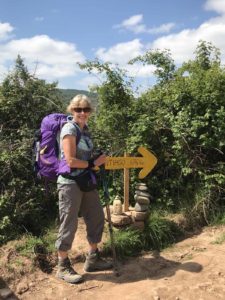




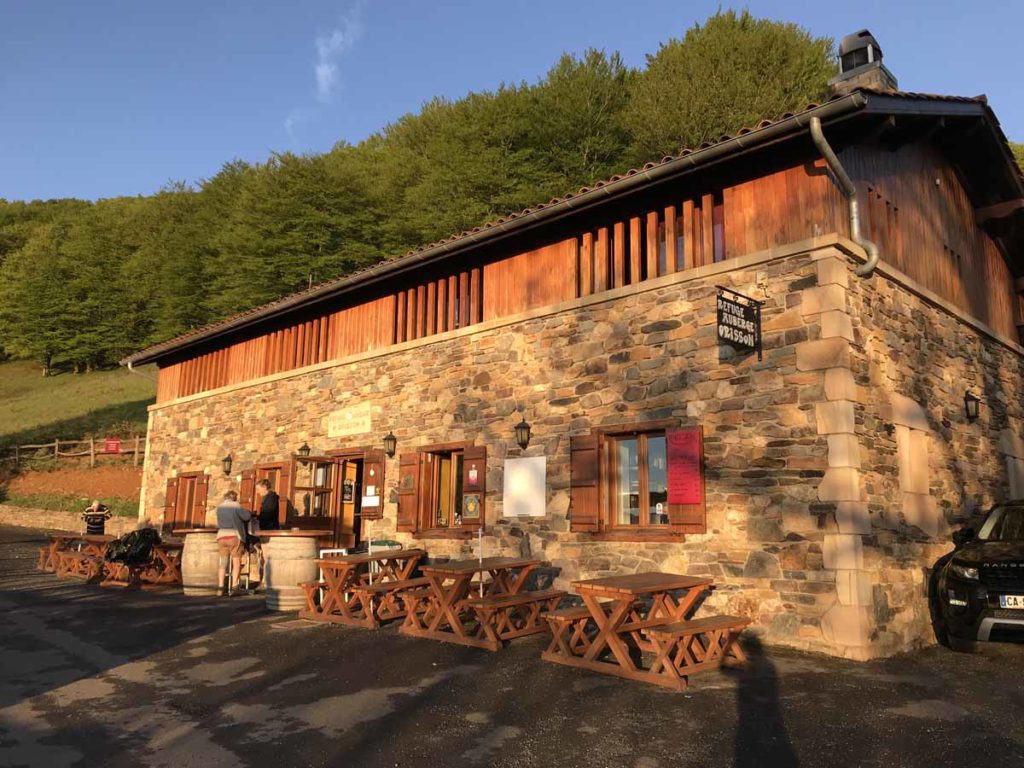
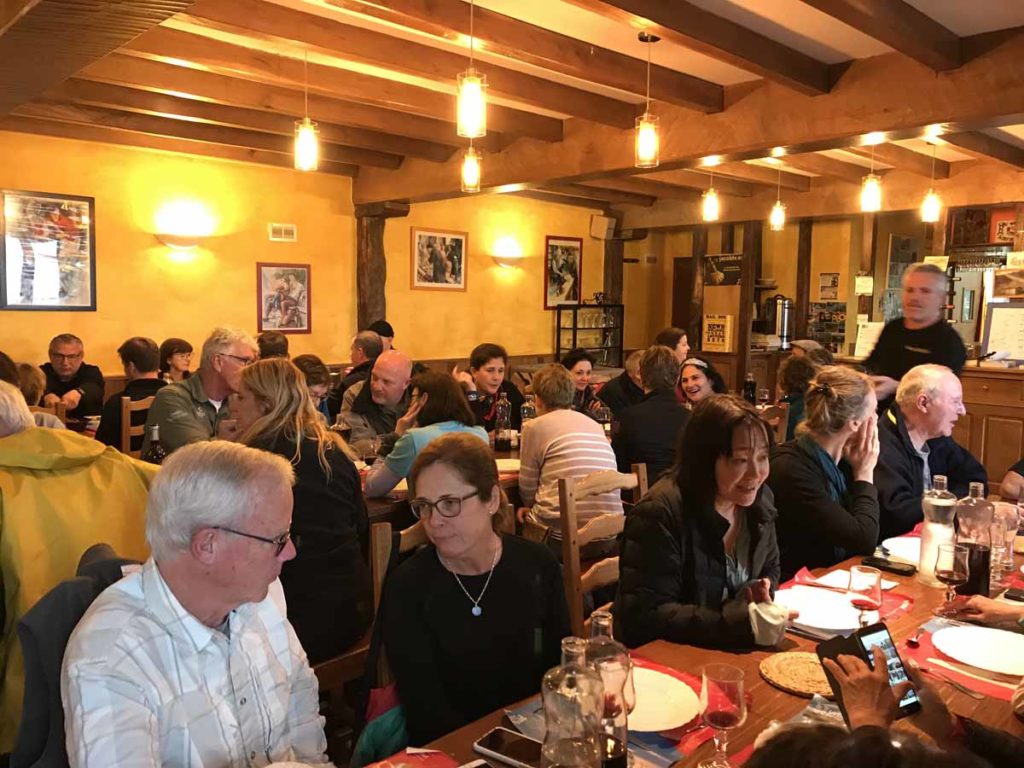



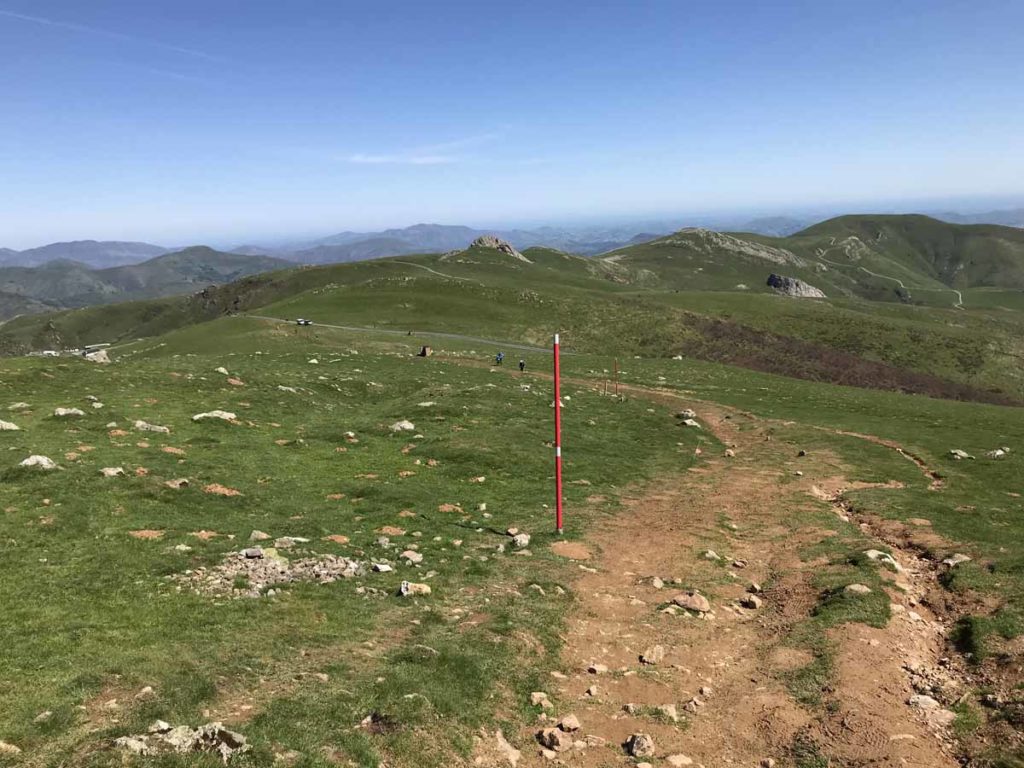

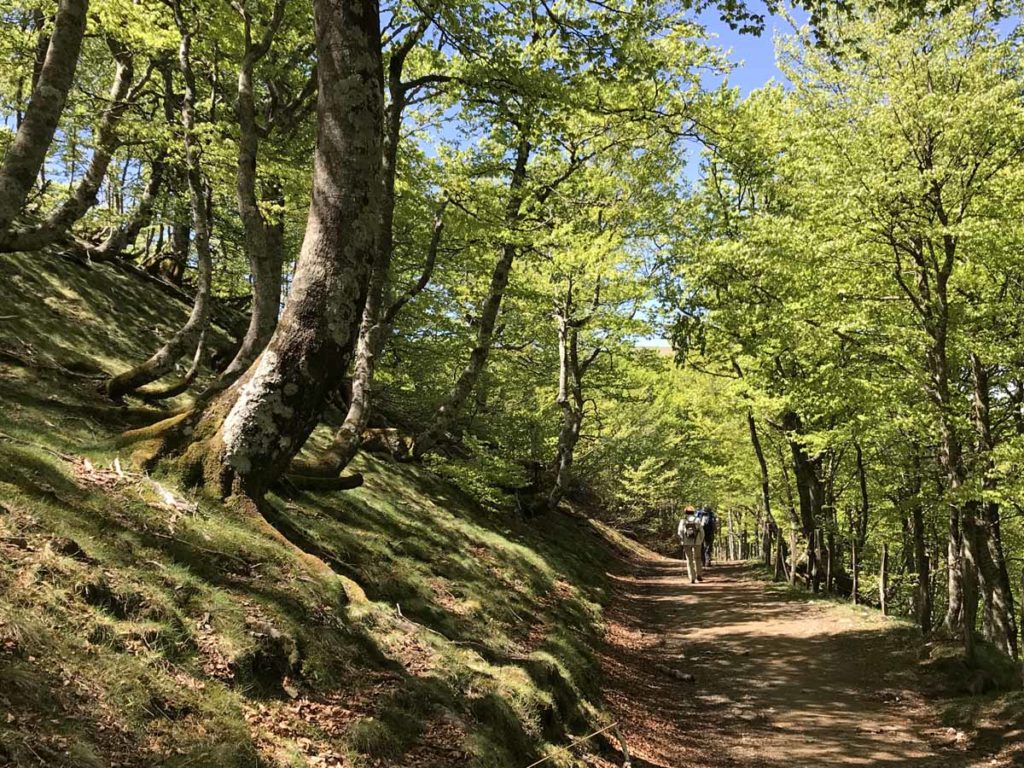

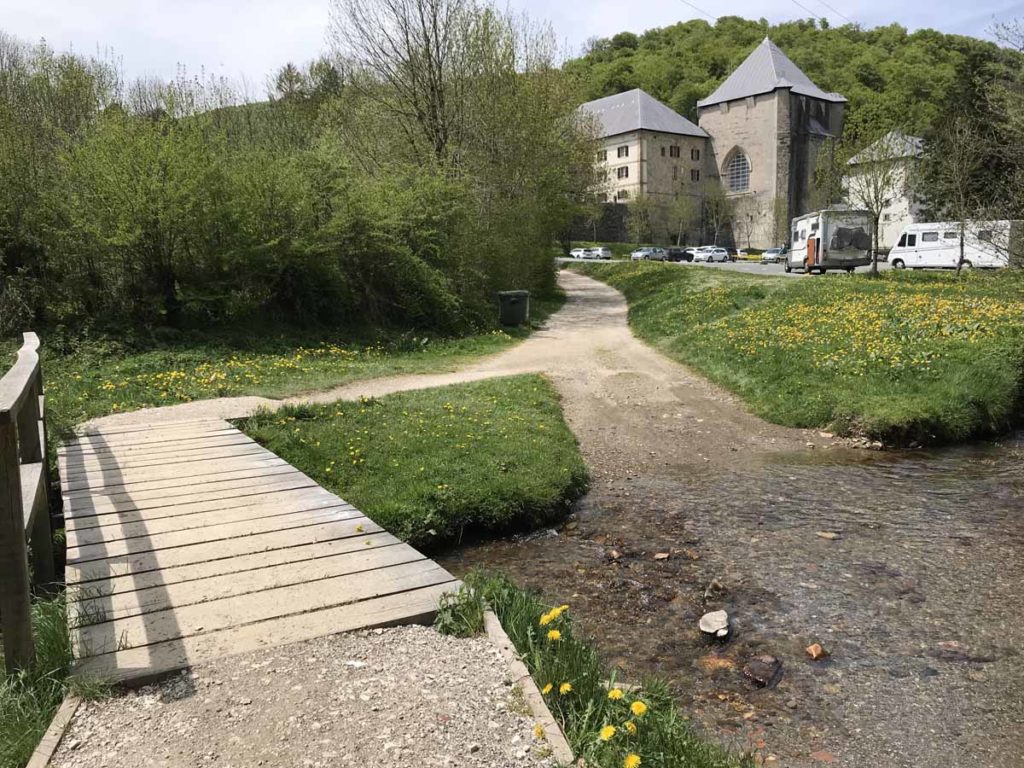


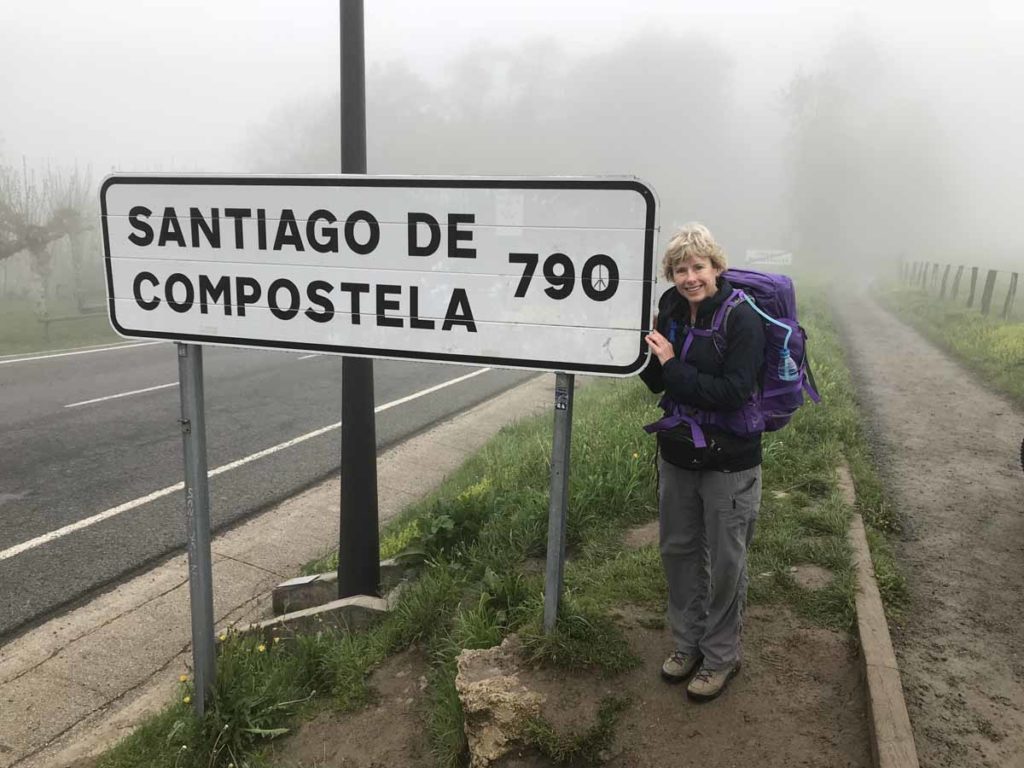

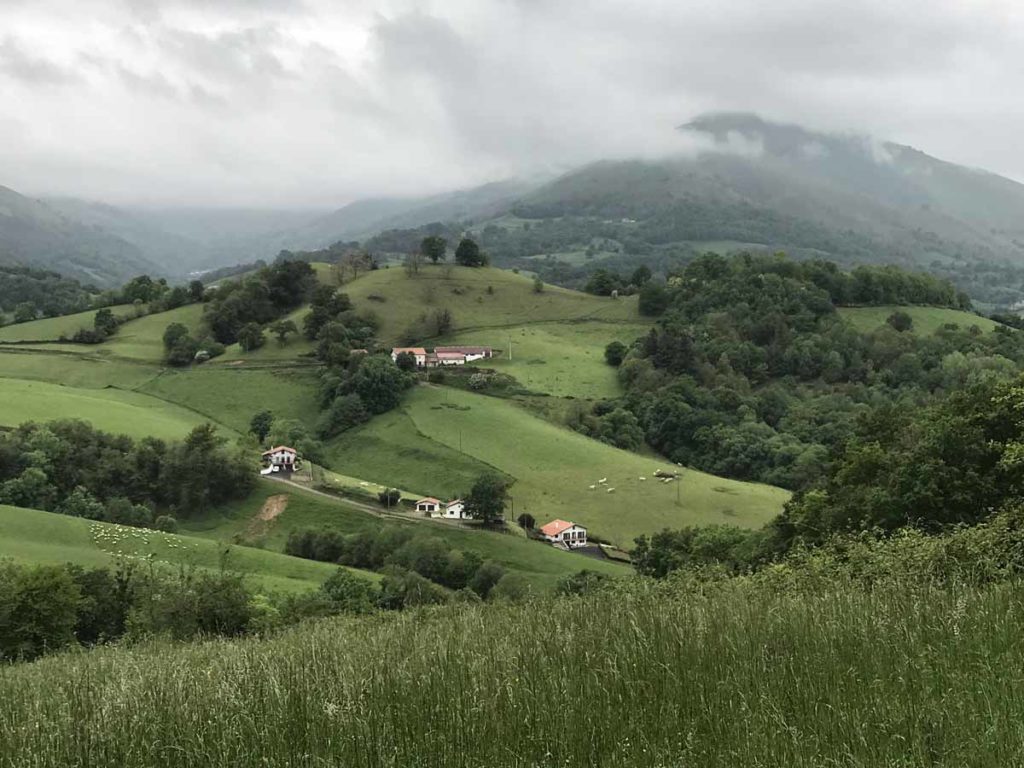


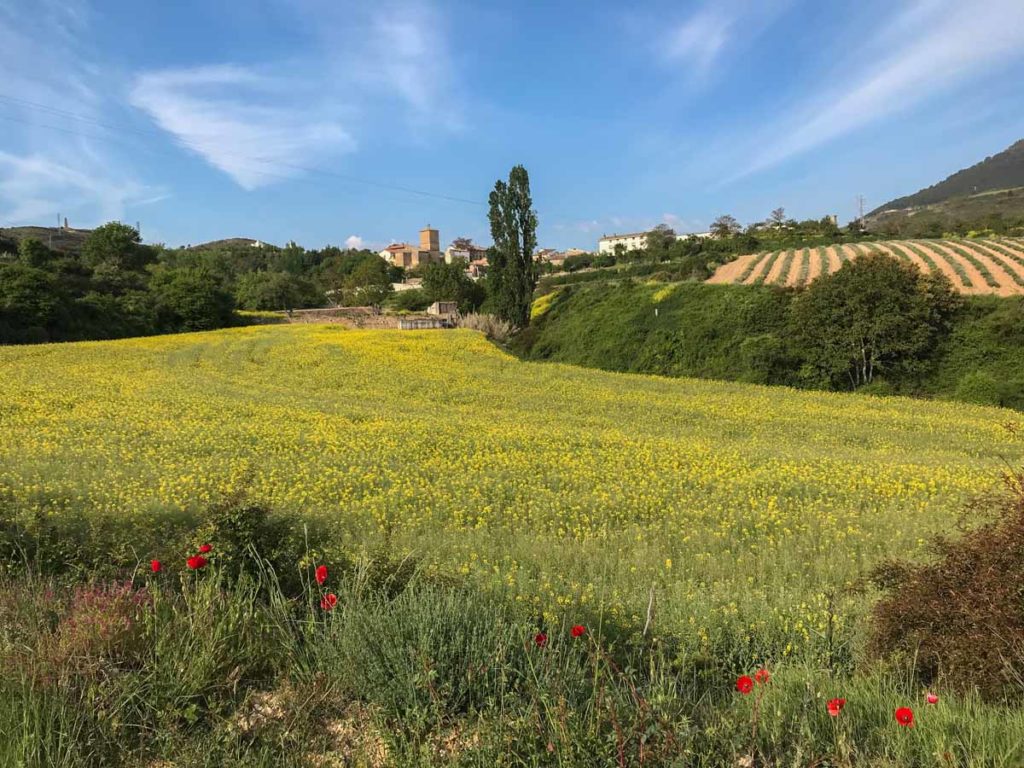




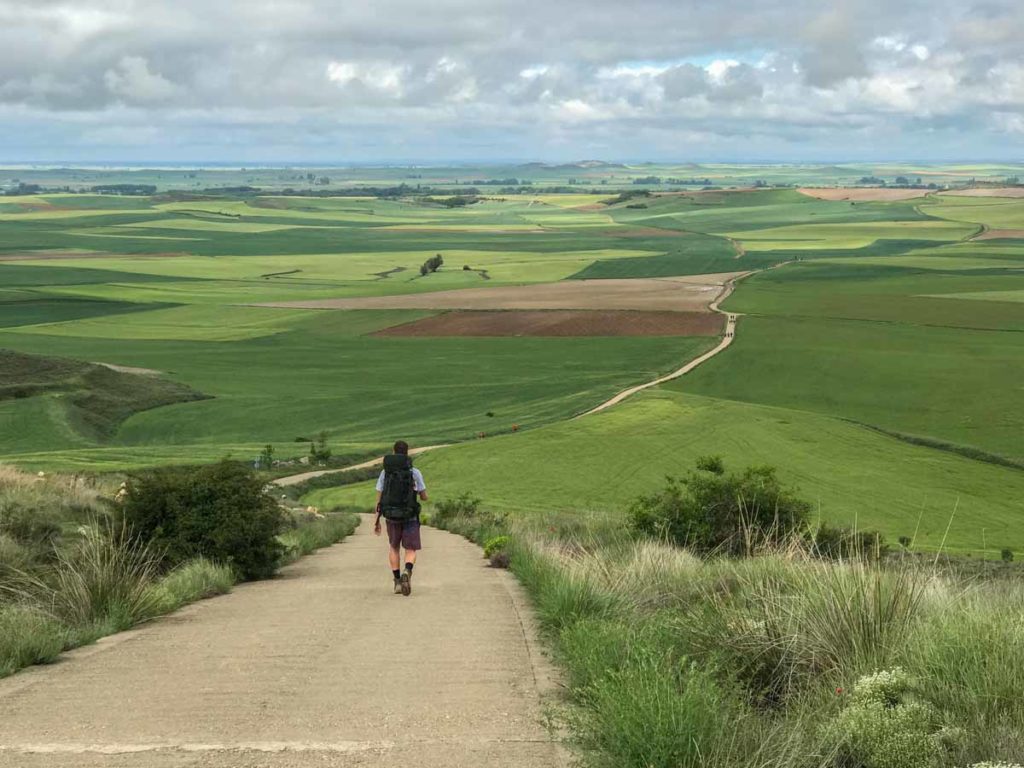











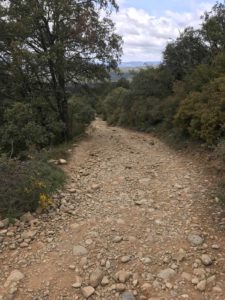







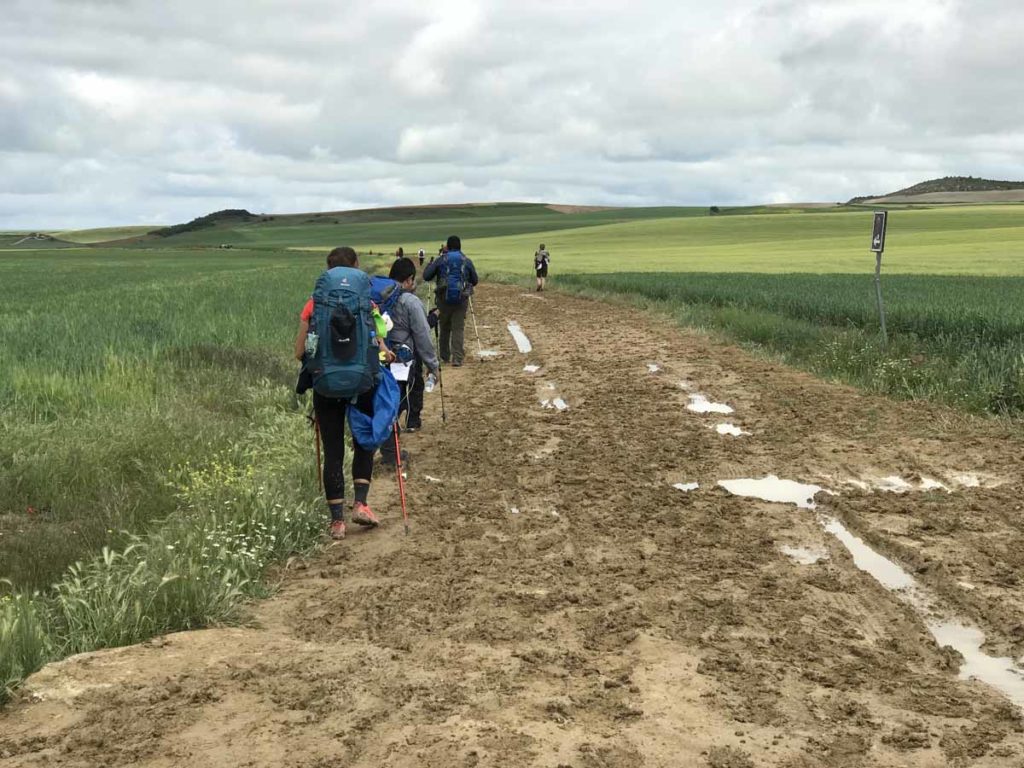










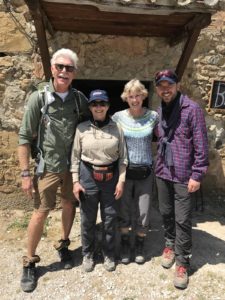




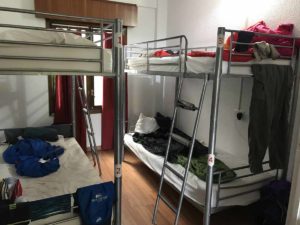



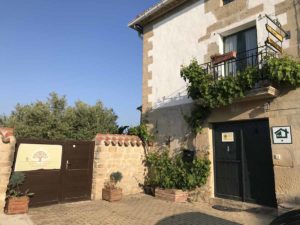
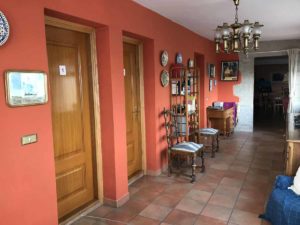



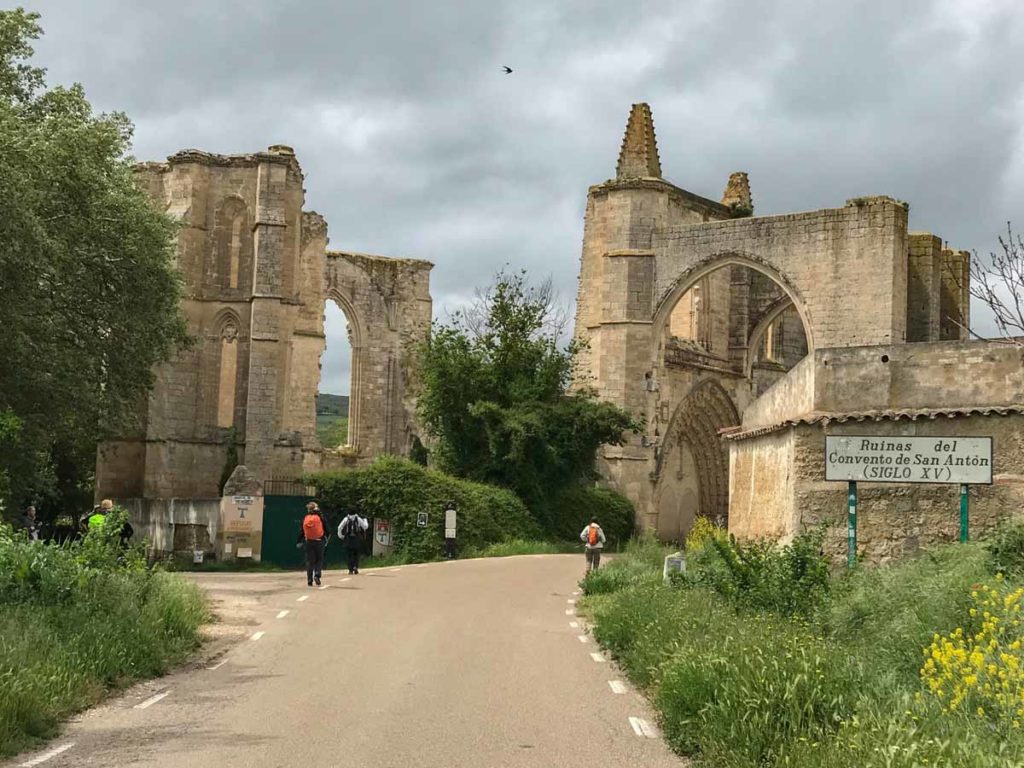

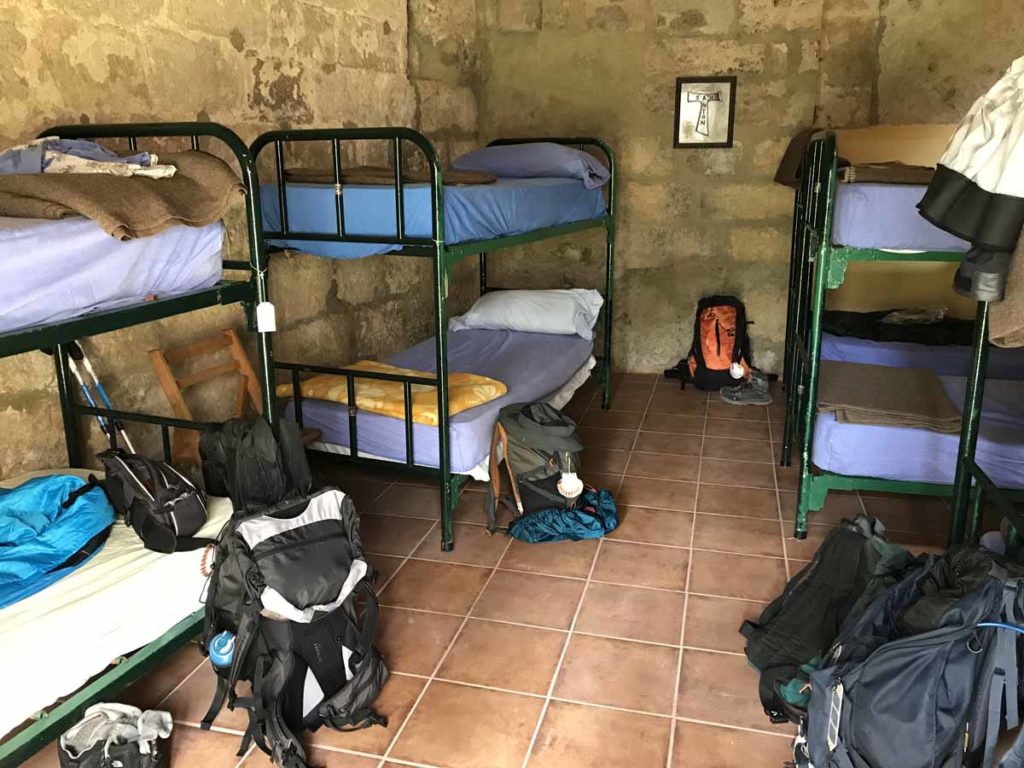
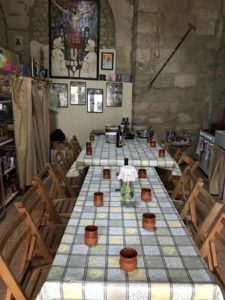















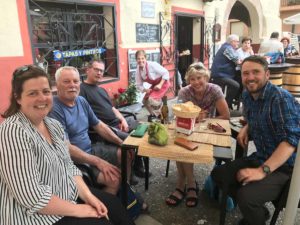

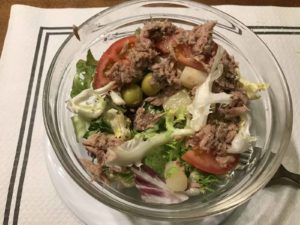


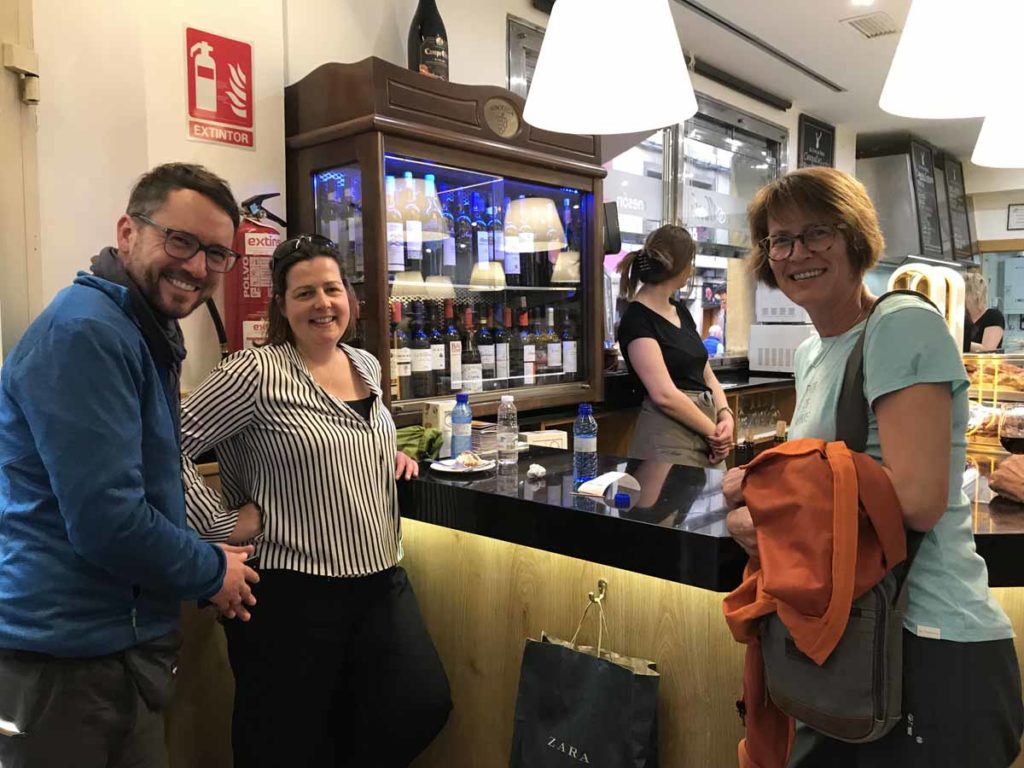






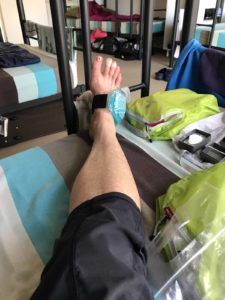
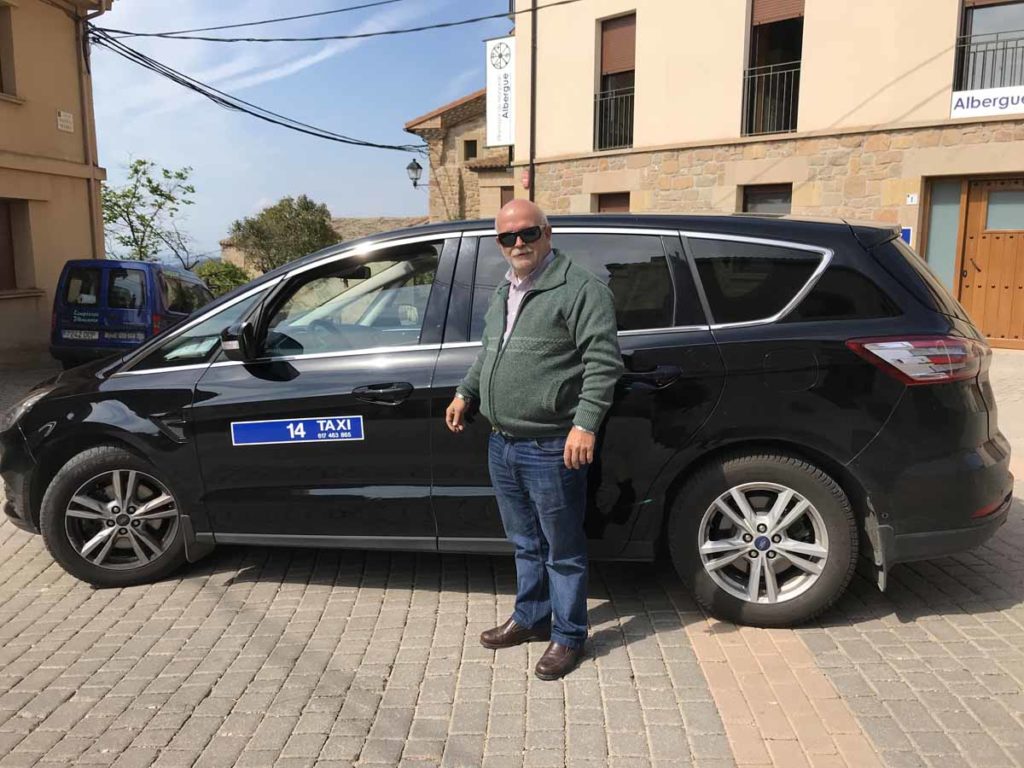

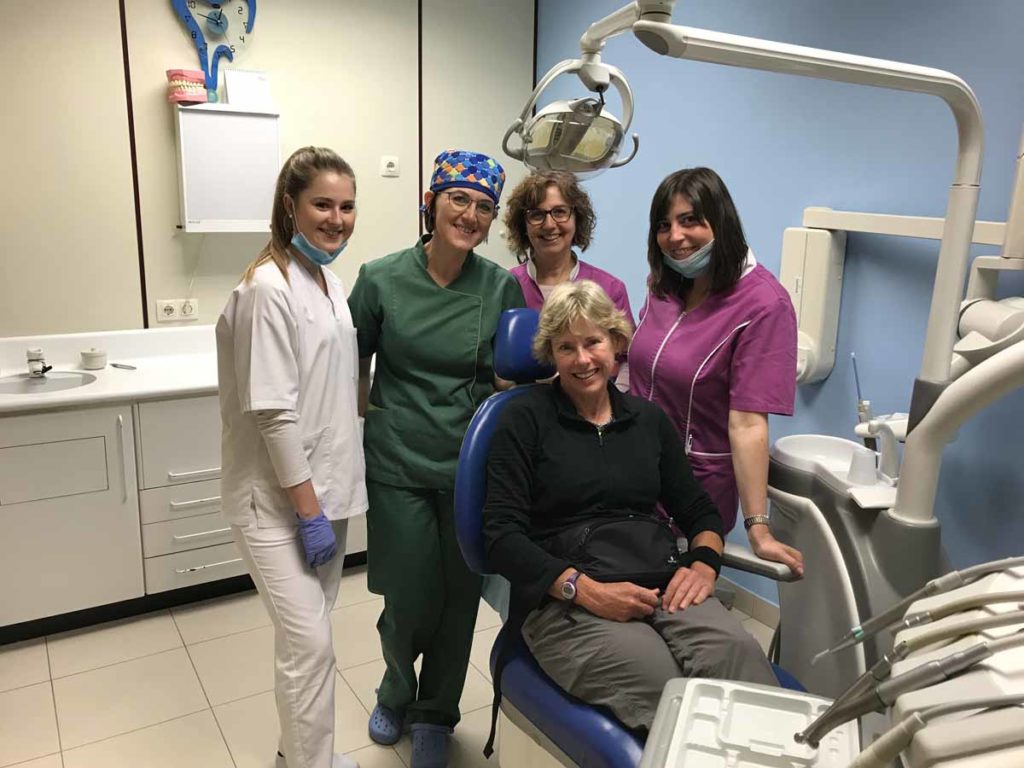

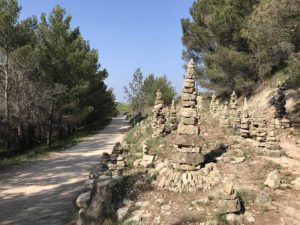


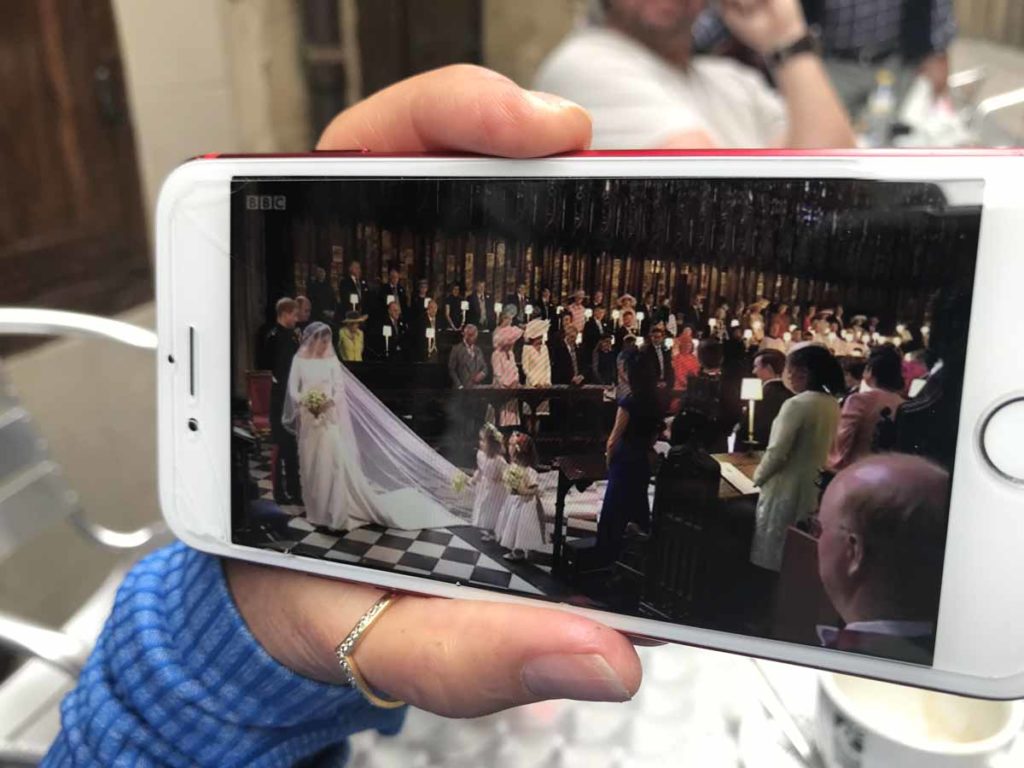





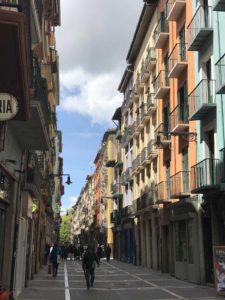
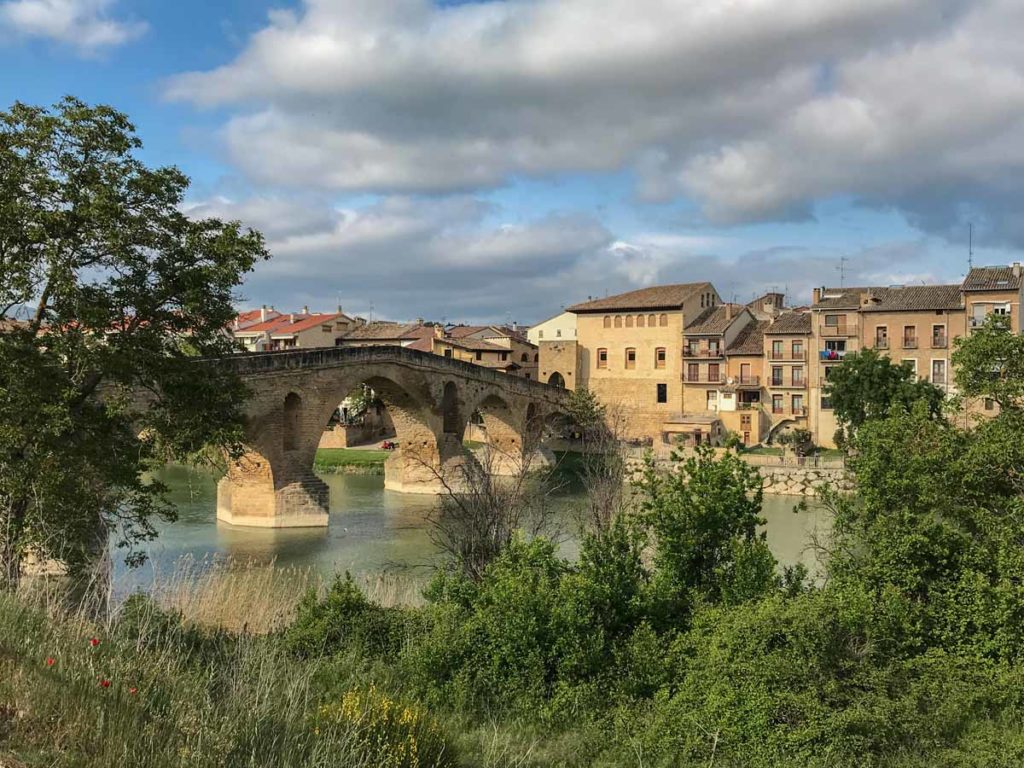


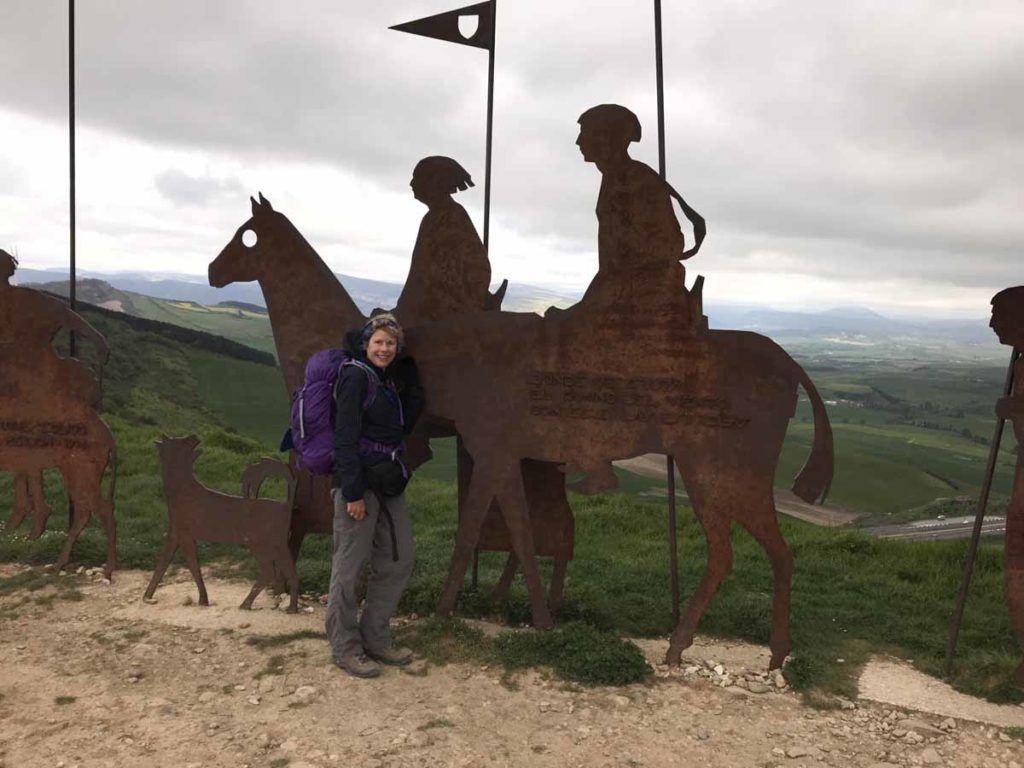
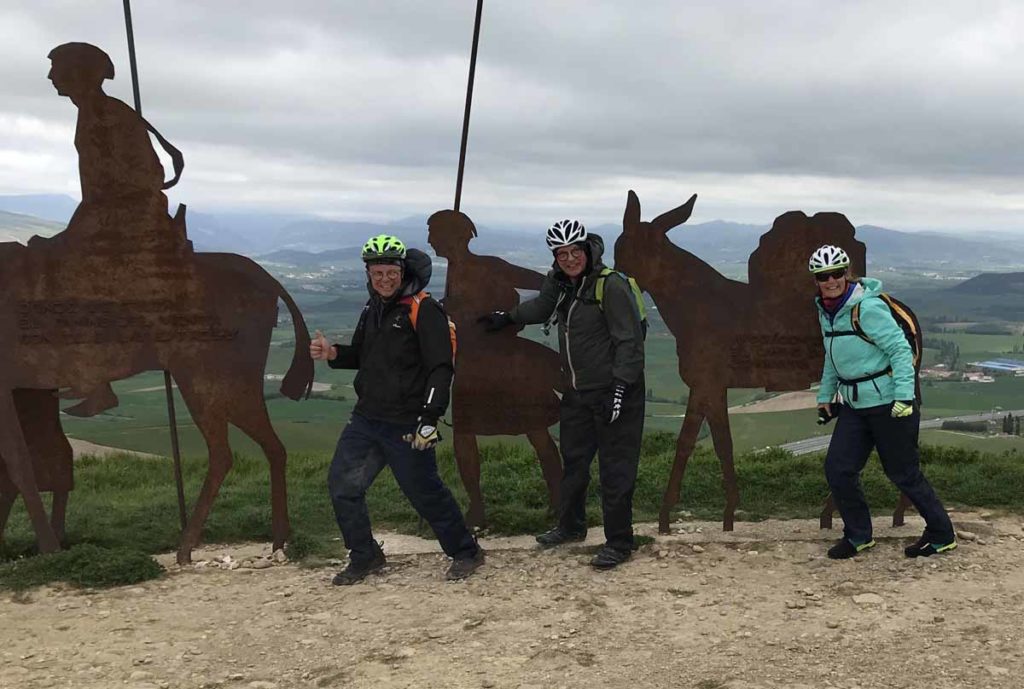



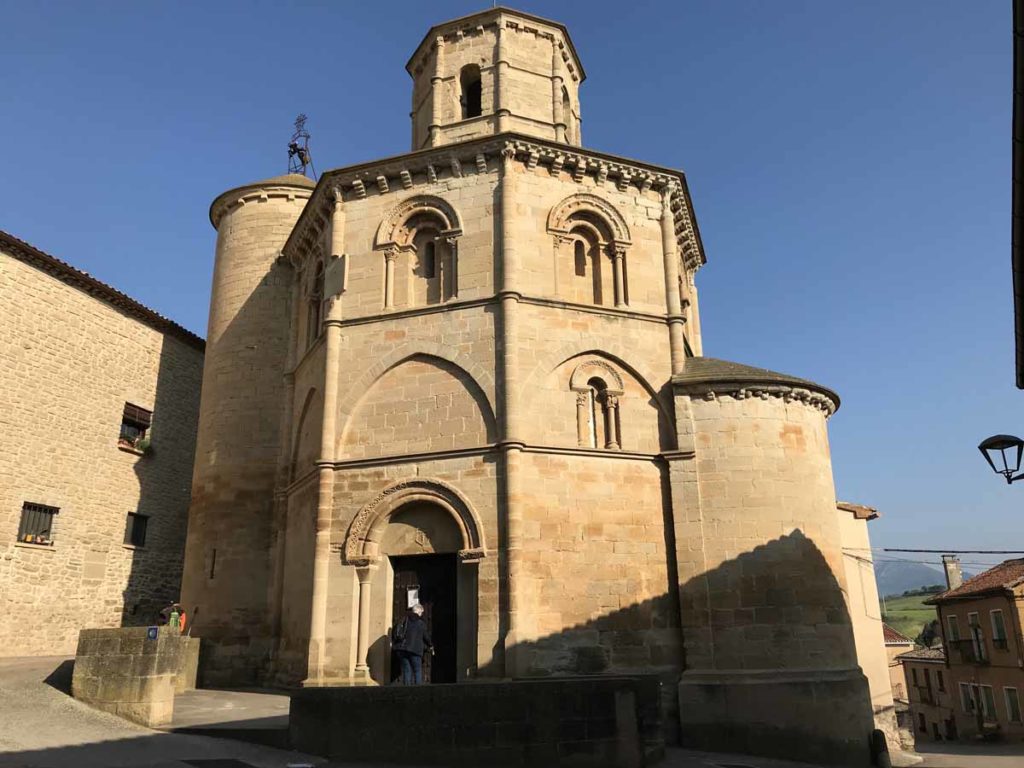

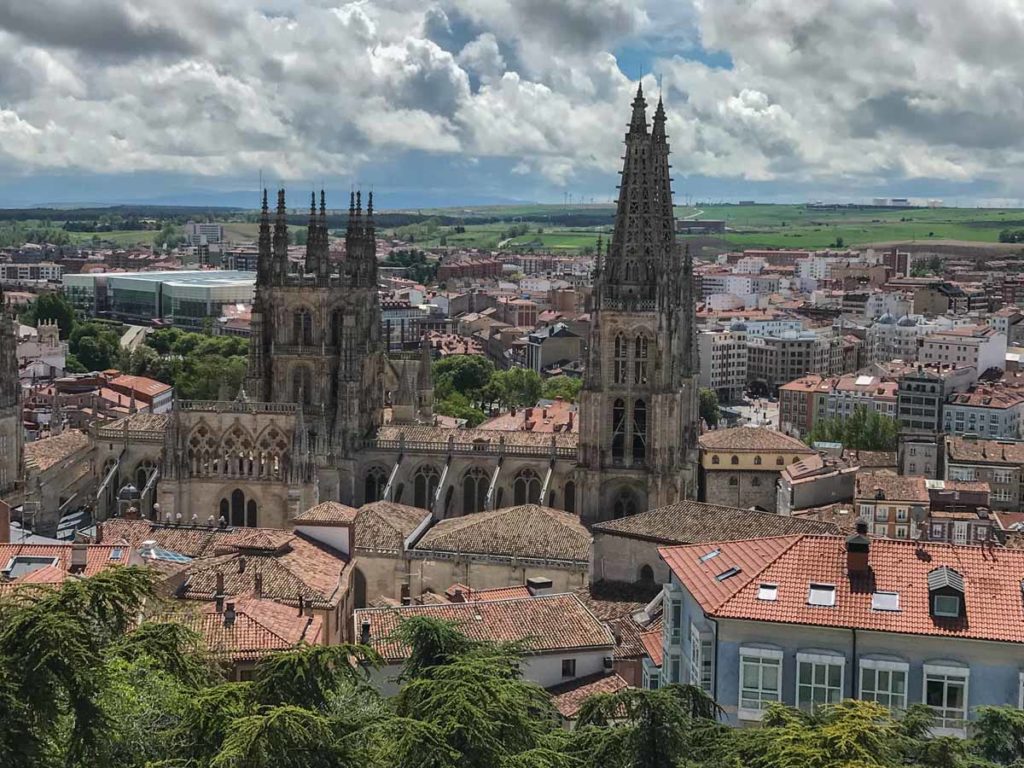















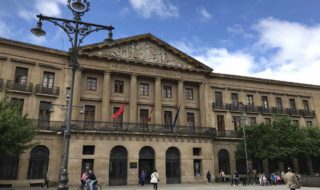
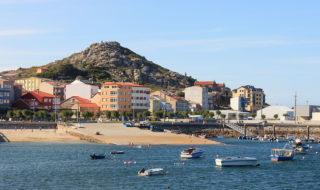
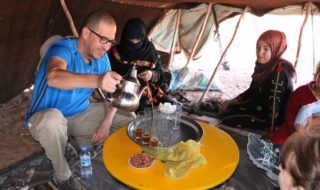
Wonderfully written, Janet. All through your adventure, I enjoyed your photos. You really did a great job with them!
Thanks so much, Rita. Glad you enjoyed and appreciate the kind words about my photo. I am so grateful that the iPhone takes such good pictures (as do other camera phones) these days. Makes travel photography a lot easier when you’re not able to take the big SLR camera, like on the Camino.
Outstanding writing and photography Janet. You answered many questions that people have who are thinking of doing the Camino. You have inspired me to do the stretch over the Pyrenees (with an overnight at the top). This brought back many memories of my own Camino experiences. Thank you for that.
You are most welcome, Hal! I really appreciate your kind words, especially coming from a fellow pilgrim. That’s great that you’re considering doing the Pyrenees crossing. I plan to write a future blog post entirely on how to plan the perfect first 3-4 days of the Camino Frances, including really good albergues to stay in, including in St. Jean & the Refuge Orisson you already read about. All of these places had been personally recommended to me by Camino friends who had stayed before me – and they really set up a great Camino experience with their communal dinners and supportive, welcoming environment.
Hey Janet, So much fun to relive El Camino through your post. So glad you got to stay at San Anton, one of my favorite memories . . . But there are so many wonderful memories. Sometimes I think I would like to do it again, this time for my 75th birthday present to myself. BUT, I will take a taxi to Orrison! That part of the walk is brutal. And, Orrison is such a nice stay. The people I met there were part of my Camino family as far as Burgos. We–you and I–were lucky with the weather on Camino #1, but your description of the wild flowers makes me wonder about trying it in Spring. The reason my brother walked the first two weeks with me in 2016 was, although he walked it in August/September 2013, his walk was completely fogged in from St. Jean to Orrison, and a downpour from Orrison to Roncesvalles….so no matter when you go, you just take what Mother Nature gives. I love that shell with: El Camino will give you what you need not what you are looking for! So true.
Thanks for sharing with us, Kate . . . The first person you met in Sahagun on Camino #1.
Hi Kate: So wonderful to hear from you – my dear first 2016 Camino friend & valued mentor! I am still so grateful for everything you taught me as a newbie pilgrim those first few days! Glad you enjoyed the “walk down memory lane” from my Camino #2! And, how cool that you also stayed at San Anton. I hope you get to walk the Camino again for your #75 and the taxi to Orisson sounds smart. I agree – the wonderful albergue (Refuge Orisson) creates so many lasting pilgrim friendships! Your brother’s experience (in summer) made me greater appreciate the wonderful weather I had on my Pyrenees crossing day! Good Summer Wishes back to you!
Lovely summary, Janet. I’m so impressed by your lack of blisters! As I’m training for my Camino, I find I’ve managed to get a few. There is so much advice on how to avoid them – wear two pair of socks, change socks midday, etc. Did you do anything special?
Thanks for another great blog post with wonderful pictures.
Thanks, Elaine. Glad you enjoyed and, of course, you’re looking at everything with a close eye as you prepare for your Camino! Yes, foot care/ blister prevention is a real art form! The training period at home is a great chance to get your systems in place & find your problem spots. First, is well-fitting & broken in hiking shoes/boots (of course!) Both Caminos, I wore the wonderful Injinji liners (individual toes) & Smart Wool socks (both from REI). From training hikes, I knew where my consistent “hot spots” were (middle of foot, on the outside area) so I always pre-taped them with “paper tape” to protect against rubbing. I also used a few of the toe caps (gel covers) on the toes that were problematic – usually 2 on each foot. Then, on the Camino, as soon as I felt a hot spot, I would deal with it. There are different “camps” on the Camino- some pilgrims really do like the injinji liner socks. Others, lube up their feet each morning, like with Vaseline. Both seem to help – a matter of preference. Again, good to try this out at home. Best of Luck!
Janet, well done in all respects. You helped me remember many special things about our Camino. I was also very worried about the first day and stayed at Orison. Thank goodness. The first day was brutal even after 250 miles of preparation. Got to make many friends that first evening and understand the Camino spirit. The next day was very clear. Seeing pictures of snow makes me appreciate our good luck. Best to you and your blog.
Thank you, Greg – one of my dear Camino friends! So glad I met you & Peggy at the Orisson albergue – and yes, we all made the right decision to stay overnight in Orisson and break up the Pyrenees journey into two days. And, we must have all had angels watching over us to bring such good weather for the next day’s even bigger walk!
Hello Janet – I have only just had a chance to read this blog and it brought back so many happy memories! I am so glad I got to meet you and share the Camino with you. Your post captures the experience so well. Wonderful times!
Thank you, Helen, for your kind words! Yes, we did have a wonderful time together, sharing much of the Camino journey. It was an amazing experience! As we both learned, friendships with our fellow pilgrims is one of the Camino’s greatest joys!
Such a great job explaining the process and great pictures. I walked May 2016 (no other trip compares to the Camino) and I didn’t train and I remember thinking…it’s walking, how hard can it be. Big mistake. I will be going again in 2019 and I am already starting to train. 🙂
Thanks so much for writing, Debora. So glad you are planning your 2nd Camino! Yes, the Camino can really capture our hearts & spirits, despite being the physical challenge that it definitely is. I LOVE your comment about training – so very true! We can never underestimate the wear & tear on our bodies with walking day after day all those miles – and with a backpack. Plus, there’s plenty of up & down, as you know. Good luck with your training & do let me know how your Camino goes next year!
Hi,Janet,
I’m inspired even more to do the Camino after reading your well-written highlights of your second one. I think I could keep up the pace and now know there’s some flexibility in how you “do” the Camino.
How’s the class coming? I know it’s a huge undertaking.
Virginia
Thanks, Virginia. That’s great to hear that my “Camino story” has been inspiring & encouraging to you. You’re so right – they are many ways to “do” the Camino! And, I have no doubt that you’ll do just fine with the right preparation & physical training. Camino class is coming along well – lots of great tips to share.
There is one word that dominates this stage. Meseta. It is a word that any pilgrim will have heard and one which fills them with mild dread. The Meseta is a long flat section through the plains of northern Spain. While flat does sound appealing to many walkers, this is a section that people often skip when taking the full trip. While we would suggest that it is perhaps not the greatest section to walk as a standalone trip, it fits perfectly in the overall arc of the full Camino.
I would agree! I have walked the full Meseta and found it a delight – there were many charming towns and villages I wouldn’t have missed. Plus, I didn’t find the landscape boring. So, I am one of many Meseta aficionados. Like you said, it fits in well with the overall arc of the full Camino.
What a joy to find your story. We hiked from Leon to Santiago in 2019 and fingers crossed will be doing our “Camino 2” leaving SJPDP on May 10, 2022. It’s a uncanny how our itinerary’s match up. We also plan to end in Sahagun and train to Santiago as the cathedral was closed in 2019. It was interesting to hear about the mud as I seem to be concerned with heat (living in Seattle heat is a challenge for me). Great information- Thank you
Thank you, Renee. Great to hear from a fellow pilgrim! And, yes our “two-part” French Way Camino routes are very aligned! I enjoyed breaking it into two separate Caminos. You will really enjoy this first half too! and, best of luck with your 2022 journey – I’m sure things will be much more “normal” (ie, the new normal with COVID) than this year. I just pray that many of the wonderful albergues will be open, having been able to weather two bad years.